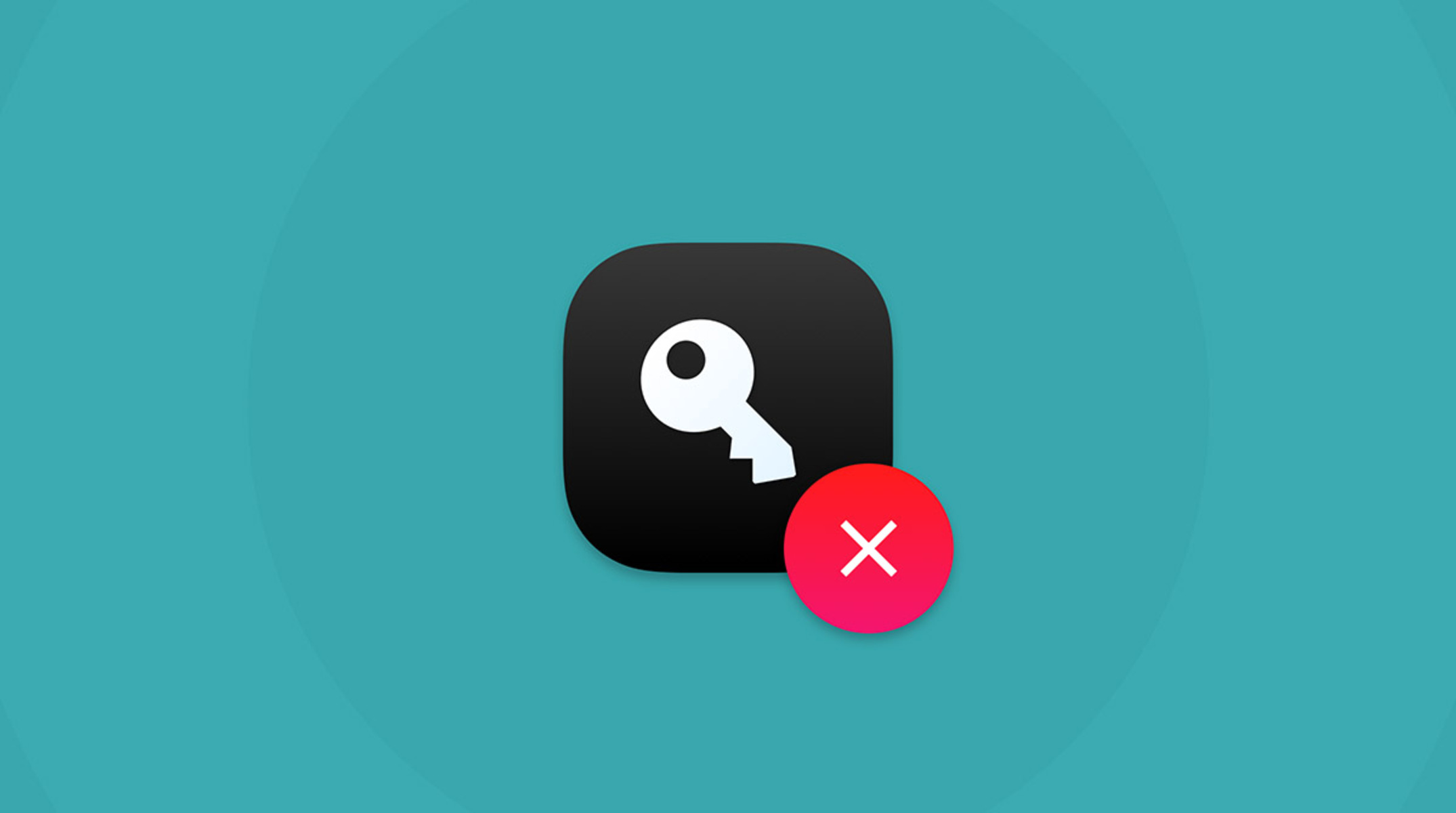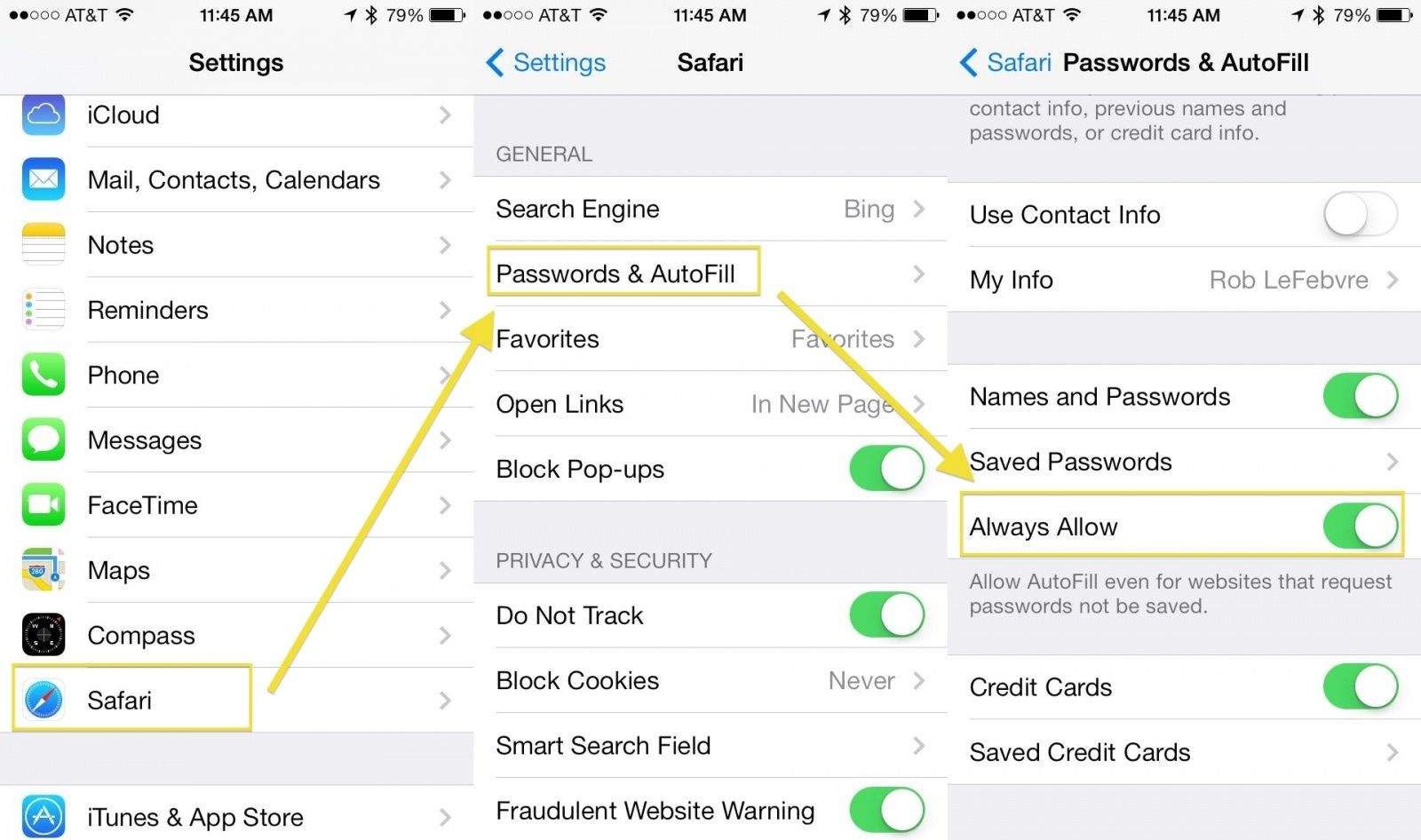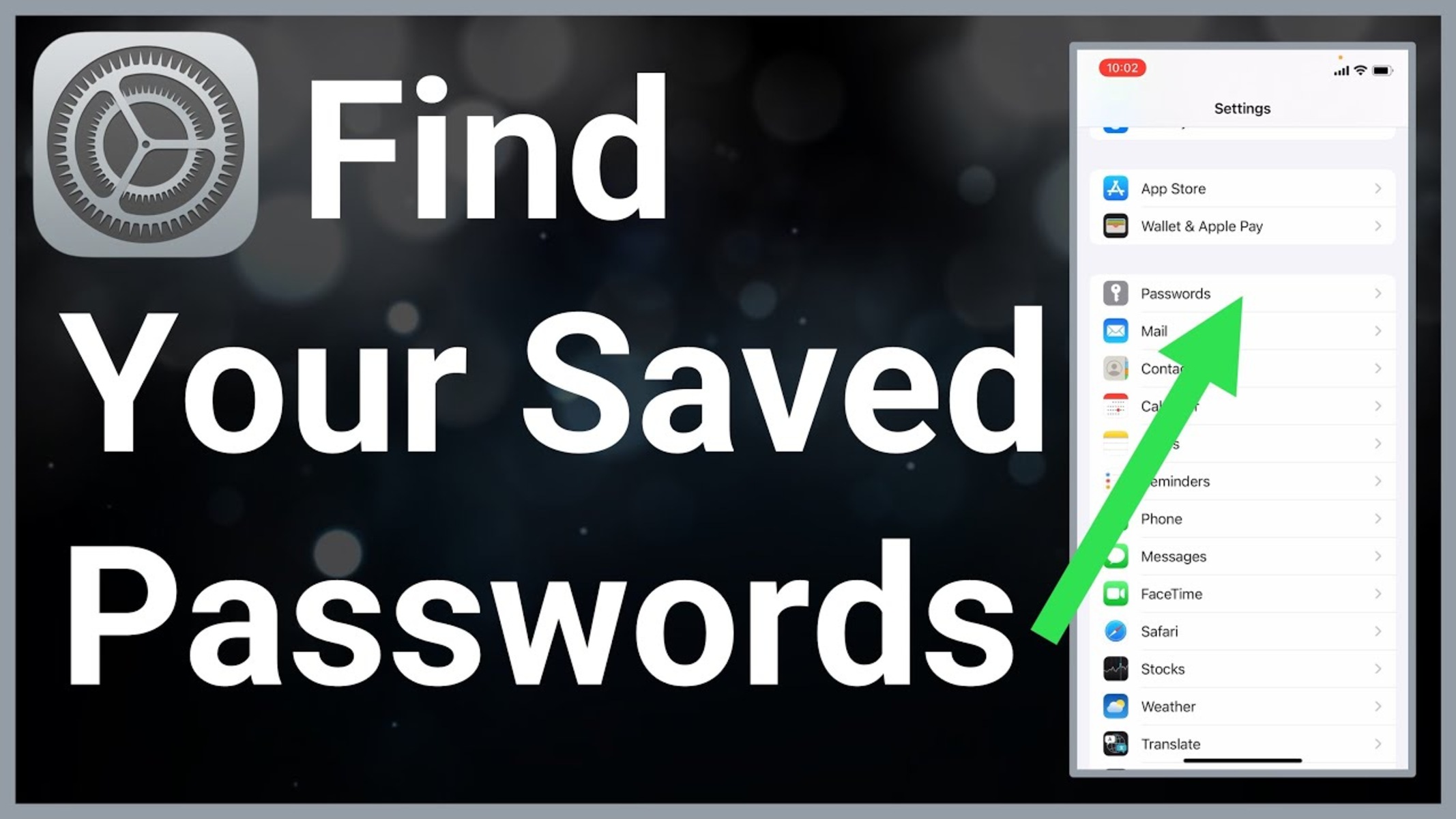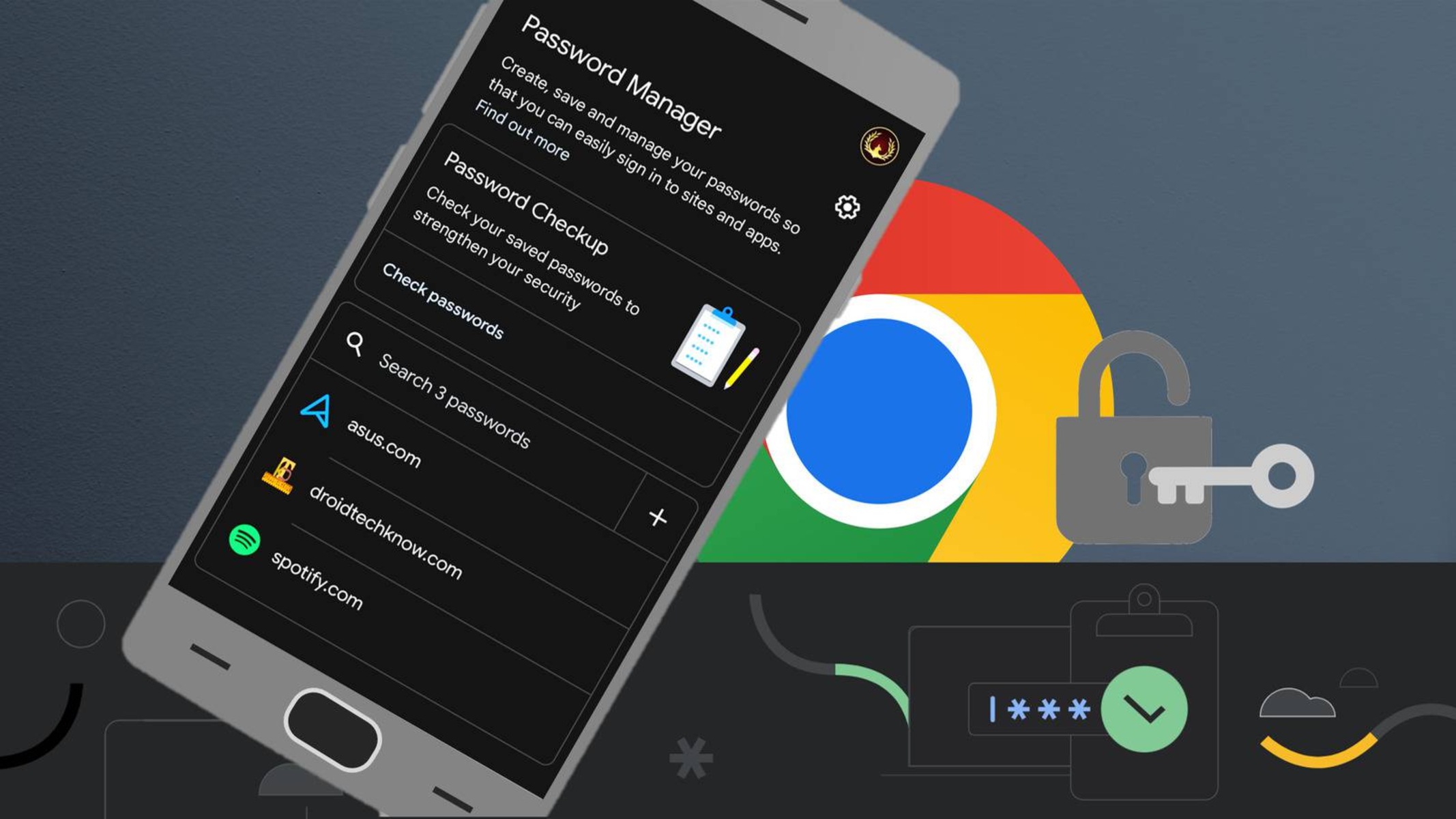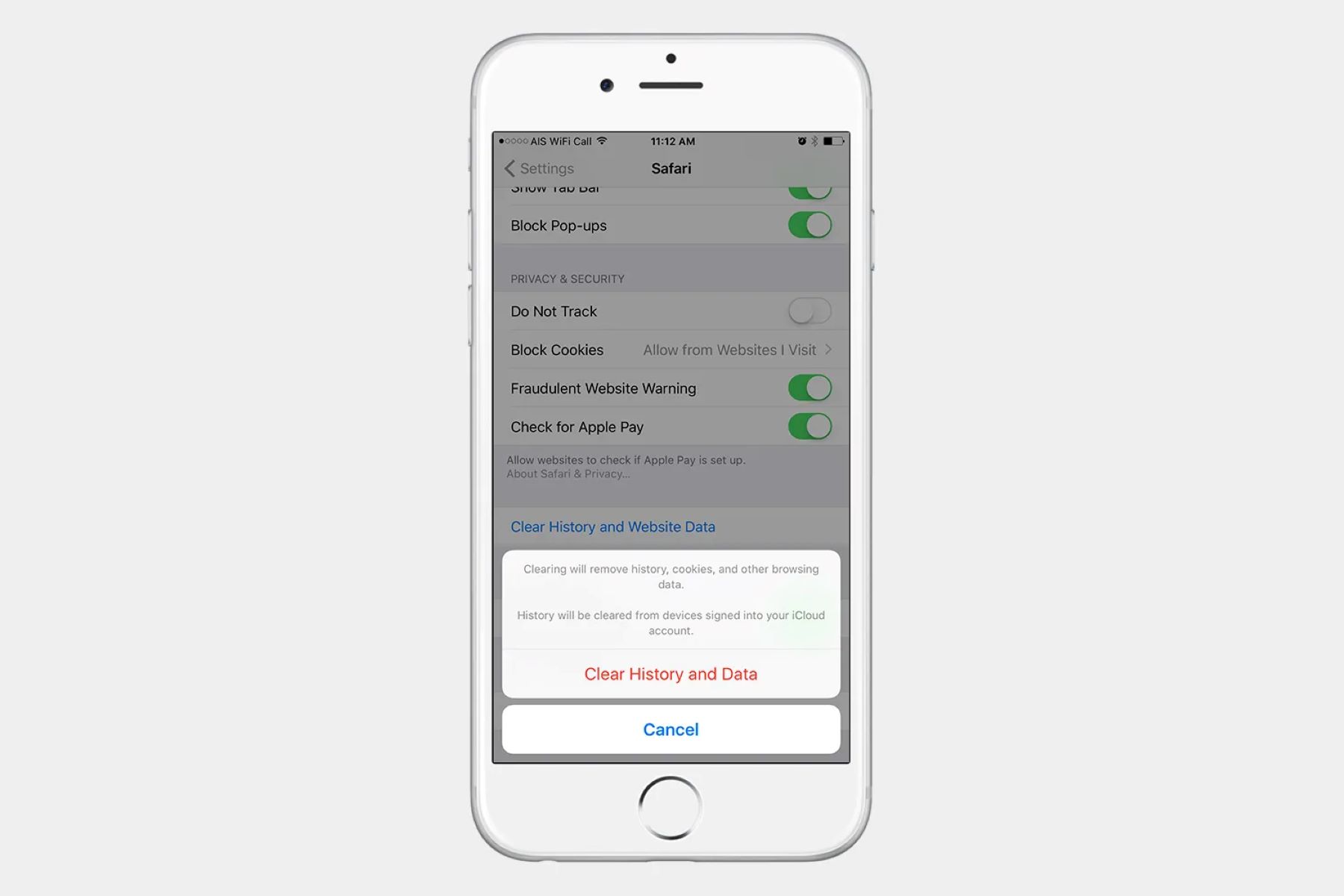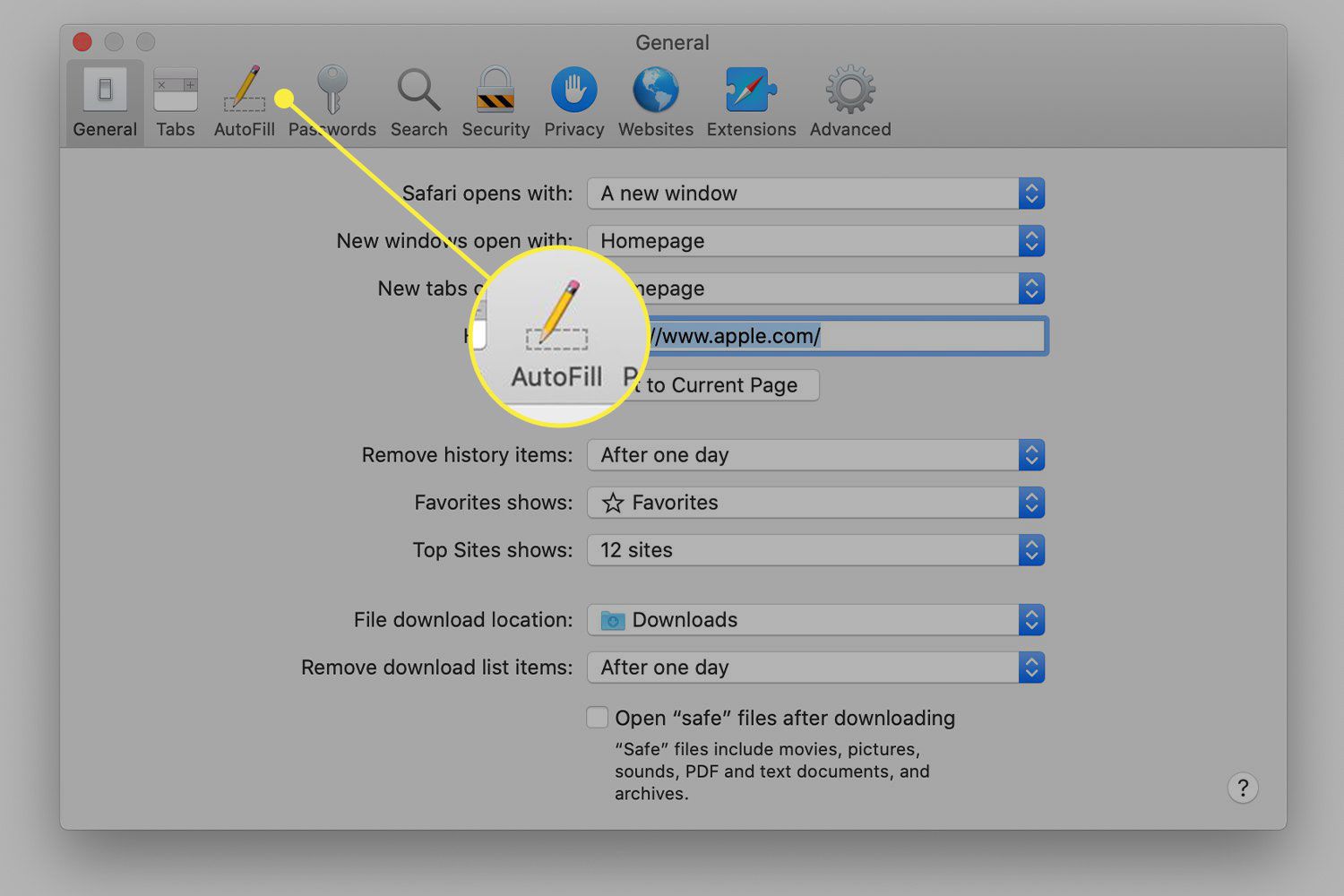Introduction
Safari, the sleek and intuitive web browser developed by Apple, offers a seamless browsing experience across all Apple devices. One of its convenient features is the ability to save and autofill passwords for websites, making it effortless to log in to your favorite online platforms. However, there are instances when you may need to delete a saved password, whether for security reasons or to declutter your saved credentials.
In this guide, you will learn how to delete passwords on Safari, ensuring that your browsing experience remains secure and tailored to your preferences. Whether you're using Safari on your Mac, iPhone, or iPad, the process for removing saved passwords is straightforward and can be completed in just a few simple steps. By following this tutorial, you'll gain a deeper understanding of Safari's password management capabilities and have the confidence to maintain a tidy and secure browsing environment.
Now, let's dive into the step-by-step instructions for deleting passwords on Safari, empowering you to take control of your saved credentials and enhance your browsing privacy and security.
Step 1: Open Safari
To begin the process of deleting passwords on Safari, you'll first need to open the Safari browser on your device. Whether you're using a Mac, iPhone, or iPad, accessing Safari is a simple and familiar task for most users.
On Mac:
If you're using a Mac, you can launch Safari by clicking on the Safari icon located in the Dock at the bottom of the screen. Alternatively, you can find Safari in the Applications folder or use Spotlight Search by pressing Command + Space and typing "Safari" to quickly locate and open the browser.
On iPhone or iPad:
For iPhone or iPad users, Safari can be accessed directly from the home screen by tapping on the Safari icon. If the Safari icon is not on your home screen, you can swipe down on the home screen and use the search bar to type "Safari," then tap on the Safari app to open it.
Once Safari is open, you're ready to proceed to the next step in the process of deleting passwords. With the browser launched, you're now poised to access the necessary settings to manage your saved passwords and maintain a secure and organized browsing experience.
By opening Safari, you've taken the initial step towards managing your saved passwords, setting the stage for the subsequent steps that will guide you through the process of deleting specific passwords from Safari's stored credentials. Whether you're using a Mac, iPhone, or iPad, launching Safari is the gateway to accessing the browser's robust features, including its password management capabilities.
With Safari now open on your device, you're ready to delve into the next steps, which will empower you to efficiently delete specific passwords from Safari's saved credentials, enhancing your browsing security and privacy.
Step 2: Access Preferences
After opening Safari, the next step in the process of deleting passwords involves accessing the Preferences menu. This essential step provides access to Safari's settings, allowing you to manage various aspects of the browser, including saved passwords.
On Mac:
To access Preferences on Safari for Mac, you can click on "Safari" in the top menu bar, located next to the Apple logo. A drop-down menu will appear, and you can select "Preferences" from the list. Alternatively, you can use the keyboard shortcut Command + Comma (,).
Upon selecting Preferences, a new window will open, presenting a range of options for customizing Safari's behavior and features. Within this window, you'll find a series of tabs at the top, including "General," "Tabs," "Search," "Security," "Privacy," "Websites," "Extensions," and "Advanced."
On iPhone or iPad:
For iPhone or iPad users, accessing Preferences in Safari involves tapping the "Settings" icon on the home screen. Scroll down and locate "Safari" in the list of apps. Tapping on "Safari" will open the browser's settings menu, where you can manage various aspects of Safari's functionality.
Once you've accessed the Preferences menu, you're one step closer to deleting specific passwords from Safari. This pivotal stage in the process sets the foundation for navigating Safari's settings and accessing the password management feature, enabling you to maintain a secure and organized browsing experience.
By accessing Preferences, you gain the ability to customize Safari's behavior and manage its stored data, including saved passwords. This level of control empowers you to tailor your browsing environment to align with your preferences and security standards.
With Preferences now accessible, you're poised to progress to the subsequent steps, which will guide you through the process of selecting and deleting specific passwords from Safari's stored credentials. This seamless and intuitive approach ensures that you can efficiently manage your saved passwords, enhancing your browsing security and privacy.
Step 3: Select Passwords
After accessing the Preferences menu in Safari, the next crucial step in the process of deleting passwords involves selecting the "Passwords" tab. This step is pivotal as it grants you direct access to view and manage the passwords saved within Safari, empowering you to selectively delete specific credentials as needed.
On Mac:
Upon accessing the Preferences window in Safari for Mac, you will find a series of tabs at the top of the window. To proceed, click on the "Passwords" tab, typically represented by a key icon. This action will prompt Safari to request your system password or biometric authentication to ensure the security of your stored credentials. Once authenticated, you will gain access to a comprehensive list of the websites and corresponding usernames for which Safari has saved passwords.
On iPhone or iPad:
For iPhone or iPad users, tapping on the "Passwords" tab within Safari's settings menu will similarly provide a detailed view of the saved website passwords. This streamlined interface allows for easy navigation and management of saved credentials directly from your mobile device.
By selecting the "Passwords" tab, you are presented with a clear overview of the websites and associated usernames for which Safari has saved passwords. This intuitive interface streamlines the process of identifying and managing specific credentials, ensuring that you can efficiently delete outdated or unnecessary passwords from Safari's stored data.
With the "Passwords" tab now selected, you are positioned to proceed to the subsequent steps, which will guide you through the process of choosing and deleting specific passwords from Safari's stored credentials. This seamless and user-friendly approach ensures that you can maintain a secure and organized browsing environment, tailored to your individual preferences and security standards.
Step 4: Choose the Password to Delete
Once you have accessed the "Passwords" tab within Safari's settings, you will be presented with a comprehensive list of the websites and corresponding usernames for which Safari has saved passwords. This detailed view allows for easy identification and selection of specific passwords that you intend to delete.
On Mac, the list of saved passwords is neatly organized, displaying the website URLs along with the associated usernames. This clear presentation enables you to quickly locate the specific password you wish to delete. By scanning through the list, you can easily identify outdated or unnecessary credentials that you no longer wish to retain within Safari's stored data.
For iPhone or iPad users, the streamlined interface within Safari's settings menu provides a user-friendly display of the saved website passwords, allowing for effortless navigation and selection of specific credentials for deletion. The intuitive design ensures that managing saved passwords directly from your mobile device is a seamless and efficient process.
When choosing the password to delete, it's essential to consider factors such as the relevance and security implications of retaining the saved credential. You may opt to delete passwords for websites that you no longer frequent or for accounts that have been deactivated. Additionally, if you have concerns about the security of a particular saved password, removing it from Safari's stored data can provide peace of mind and enhance your browsing security.
By carefully selecting the password to delete, you are taking proactive steps to streamline and secure your saved credentials within Safari. This deliberate approach empowers you to maintain a tidy and organized collection of passwords, reflecting your current browsing habits and security preferences.
With the specific password identified for deletion, you are now prepared to proceed to the final step in the process, which will guide you through the seamless deletion of the chosen password from Safari's stored credentials. This user-centric approach ensures that you can efficiently manage your saved passwords, enhancing your browsing security and privacy with ease.
Step 5: Delete the Password
With the specific password identified for deletion within Safari's stored credentials, you are now poised to complete the final step in the process: deleting the chosen password. This straightforward yet crucial action ensures that outdated, unnecessary, or potentially compromised passwords are promptly removed from Safari's saved data, contributing to a more secure and organized browsing experience.
On Mac, to delete the chosen password, simply select the entry from the list of saved passwords within the Preferences window. Once the specific password is highlighted, you can proceed by clicking on the "Remove" or "Delete" option, typically represented by a minus (-) or trash bin icon. Safari will then prompt you to confirm the deletion of the selected password, ensuring that this action is deliberate and prevents accidental removal of critical credentials.
For iPhone or iPad users, deleting the chosen password follows a similar user-friendly process within Safari's settings menu. By tapping on the specific password entry, you can initiate the deletion action by selecting the "Delete" option. Safari will then prompt for confirmation to ensure the intentional removal of the selected password, maintaining a secure and streamlined approach to managing saved credentials directly from your mobile device.
Upon confirming the deletion of the chosen password, Safari will promptly remove the selected credential from its stored data, reflecting your proactive efforts to maintain a secure and organized collection of passwords. This decisive action contributes to a streamlined browsing experience, ensuring that only relevant and secure credentials are retained within Safari's saved passwords.
By completing the process of deleting the chosen password, you have effectively enhanced your browsing security and privacy, aligning Safari's stored credentials with your current preferences and security standards. This proactive approach empowers you to maintain a tidy and secure collection of saved passwords, reflecting your conscientious efforts to uphold a secure and organized browsing environment across all your Apple devices.
With the chosen password successfully deleted from Safari's stored credentials, you have concluded the process of managing saved passwords, ensuring that your browsing experience remains tailored to your individual preferences and security standards. This seamless and user-centric approach to deleting passwords on Safari reflects your commitment to maintaining a secure and organized browsing environment, empowering you to navigate the digital landscape with confidence and peace of mind.
Conclusion
In conclusion, the process of deleting passwords on Safari is a fundamental aspect of maintaining a secure and organized browsing environment across all Apple devices. By following the step-by-step instructions outlined in this guide, you have gained valuable insights into managing saved passwords within Safari, empowering you to take proactive steps towards enhancing your browsing security and privacy.
Through the seamless and user-friendly approach presented in this tutorial, you have learned how to navigate Safari's settings to access the Preferences menu, select the "Passwords" tab, and efficiently delete specific passwords from Safari's stored credentials. This deliberate process ensures that your saved passwords align with your current browsing habits and security preferences, reflecting a proactive stance towards maintaining a tidy and secure collection of credentials.
By carefully choosing and deleting specific passwords within Safari, you have demonstrated a commitment to streamlining your saved credentials, removing outdated or unnecessary passwords, and addressing potential security concerns. This conscientious approach contributes to a more secure and organized browsing experience, allowing you to navigate the digital landscape with confidence and peace of mind.
Furthermore, the ability to manage saved passwords within Safari extends beyond individual devices, providing a seamless browsing experience across the Apple ecosystem. Whether you're using Safari on your Mac, iPhone, or iPad, the consistent approach to deleting passwords ensures that your browsing security and privacy remain paramount, regardless of the device you're using.
As you continue to leverage Safari's robust features and capabilities, including its password management functionality, the knowledge gained from this guide equips you to maintain a secure and tailored browsing environment. By staying informed and proactive in managing your saved passwords, you are empowered to uphold a high standard of browsing security and privacy, aligning with your individual preferences and digital lifestyle.
In essence, the process of deleting passwords on Safari is not only a practical task but also a proactive step towards enhancing your overall browsing experience. By embracing the insights and techniques shared in this guide, you have taken significant strides towards maintaining a secure, organized, and personalized browsing environment, reflecting your commitment to navigating the digital landscape with confidence and peace of mind.







